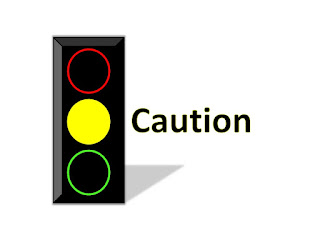Cyanos Activity August 1
Water is clean for recreation.
Disclaimer: The information presented below reflects conditions throughout the lake and may differ from conditions on specific shorelines. For information regarding beach closings please contact the Torrington Area Health District or local town officials.
On August 1st AER visited Bantam Lake to assess the algal community following a copper sulfate treatment two days earlier on July 30th . An algal assessment was also performed the day before the treatment on July 29th. Samples collected for algal identifications and enumerations were from the North Bay site (N 41.71087° W -73.21155°) and Center Lake site (N 41.70056° W -73.22102°). A plankton net tow sample, using a 10µm mesh plankton net, was also collected at the Center Lake site. Samples were treated, stored and analyzed following methods discussed in previous memos.
Water column profile and Secchi transparency data were also collected at the North Bay Site, the Center Lake Site, as well as at a site west of Folly Point (N 41.70773 W - 73.22638), and at a site in the South Bay region of the lake (N 41.69015 W -73.22728).
Cyanobacteria cell concentrations were an order of magnitude lower on August 1st compared to those observed on July 29th. The cell concentrations on July 29th exceeded 18,000 cells/mL at both the North Bay and Center Lake sites. On August 1st , concentrations at those sites ranged from 3,400 to 4,300 cells/mL (Table 1; Fig. 1). These concentrations are within the range described by the State of Connecticut as characteristic of Visual Rank Category 1 and require no intervention (CT DPH & CT DEEP 2019).
Concurrent with the reduction in cyanobacteria cell concentrations over the 48-hour period were increased Secchi disk transparencies and reductions in relative cyanobacteria concentrations (Figs. 2 & 3). Lake average Secchi transparency, based on the four sites, was 3.43m on August 1st, 2.54m on July 29th , and 1.90 on July 15th .
AER’s field water quality sensor array includes a fluorimeter which provides a relative measure of cyanobacteria throughout the water column. By plotting the averages of measures taken in the top three meters of the water column over time, a decrease in cyanobacteria in that area of the water column occurred since July 15 th.
The composition of the August 1st planktonic algae community is similar to that observed on July 29th with cyanobacteria accounting for 85% of all cells counted. Cyanobacteria genera including Dolichospermum spp., Coelosphaerium spp., and Woronichinia spp. continue to be dominant, albeit at lower concentrations on August 1st .
Temperature and oxygen profiles have changed very little since July 29th with one exception. Since July 29th , oxygen levels at the bottom of the South Bay site decreased from 7.2 to 0.2mg/L (Fig. 4).
Literature Cited Connecticut Department of Public Health and Connecticut Department of Energy and Environmental Protection. 2019. Guidance to Local Health Departments For Blue–Green Algae Blooms in Recreational Freshwaters. See https://portal.ct.gov/-/media/Departments-and-Agencies/DPH/dph/environmental_health/BEACH/Blue-Green-AlgaeBlooms_June2019_FINAL.pdf?la=en
Data is collected and analyzed by Aquatic Ecosystem Research, who is contracted by Bantam Lake Protective Association.







